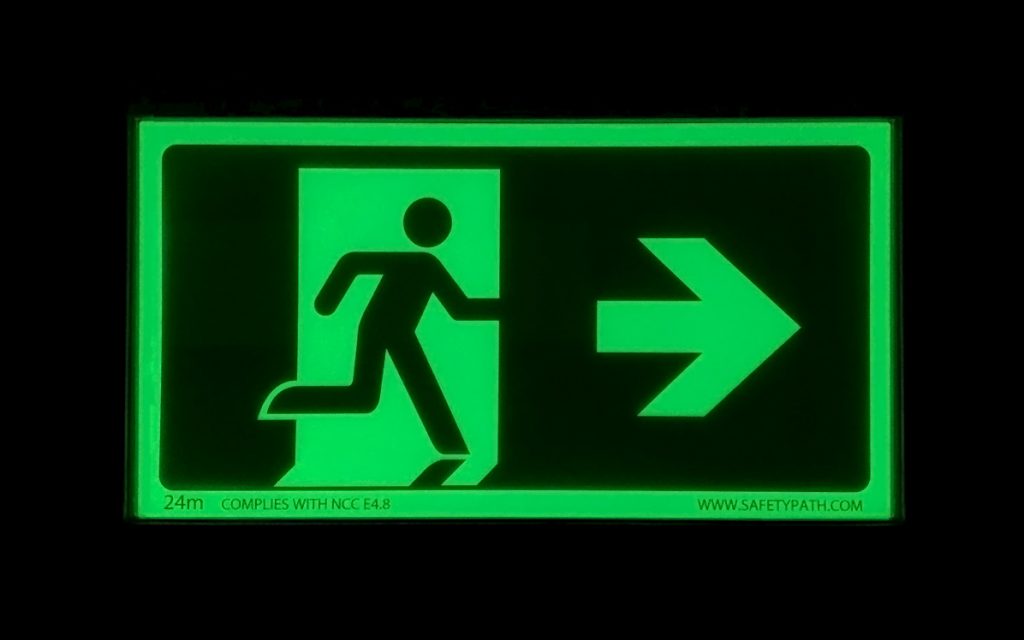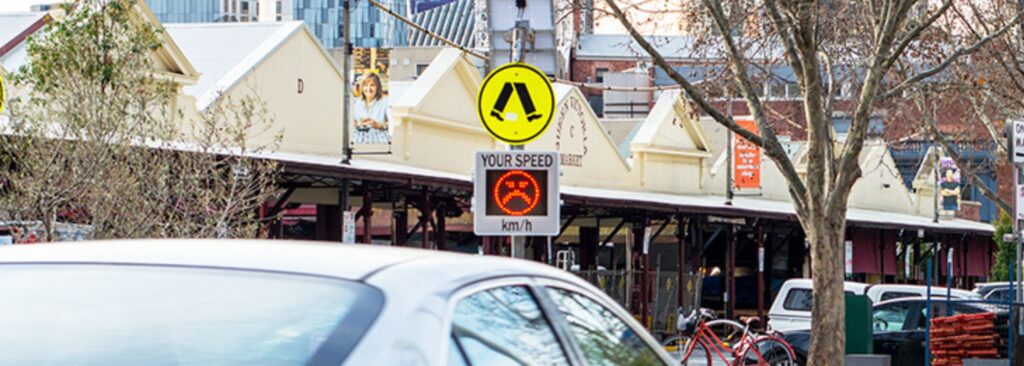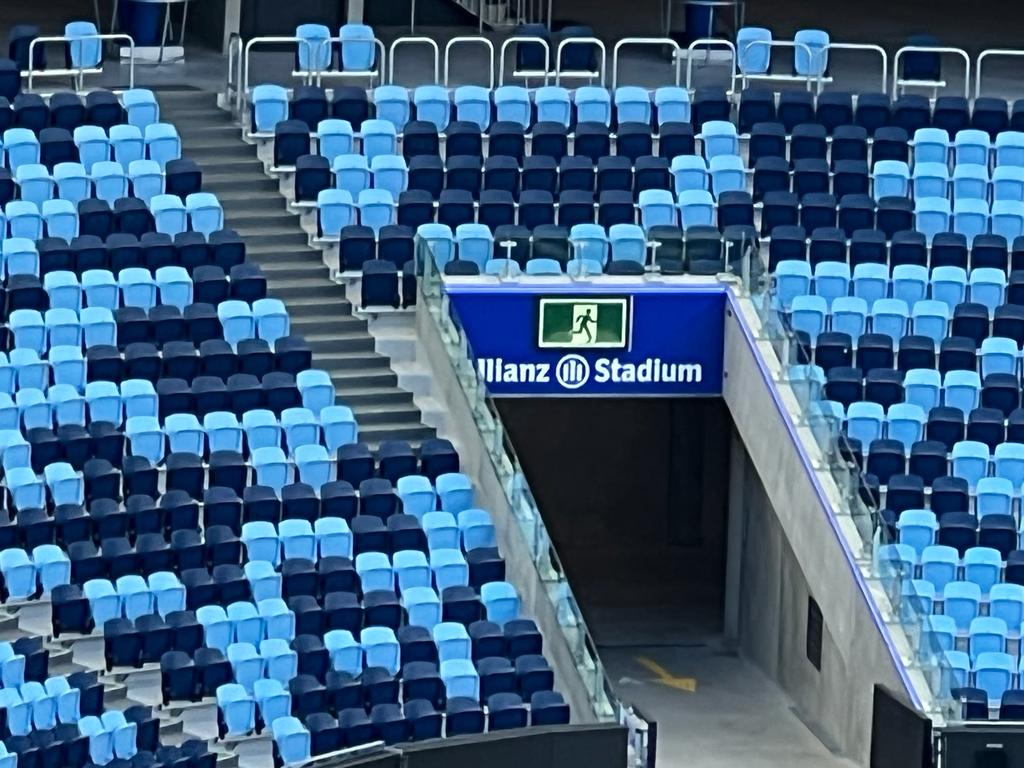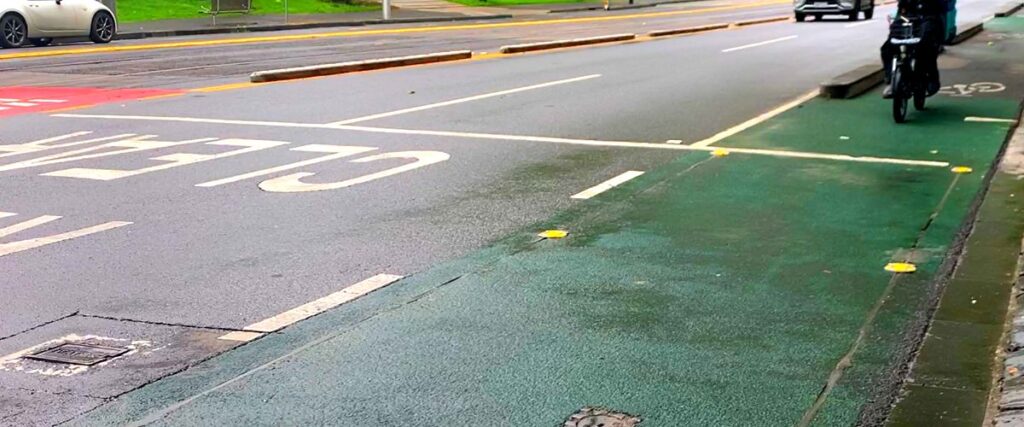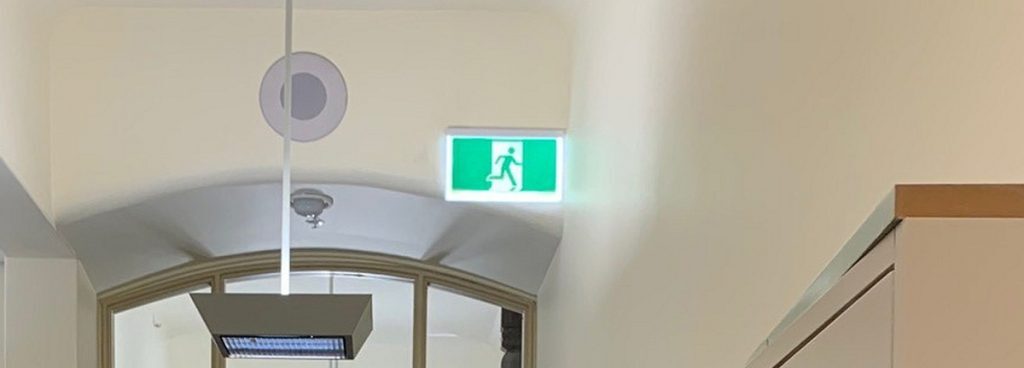
Exit Signs for Heritage Buildings
1 min read
November 8, 2021
Safety Path LED Exit Signs have been installed in Milton House, a heritage building in Melbourne, by the Australian arm of the worlds largest real estate company, CBRE, to reduce costs, reduce risks and increase safety.
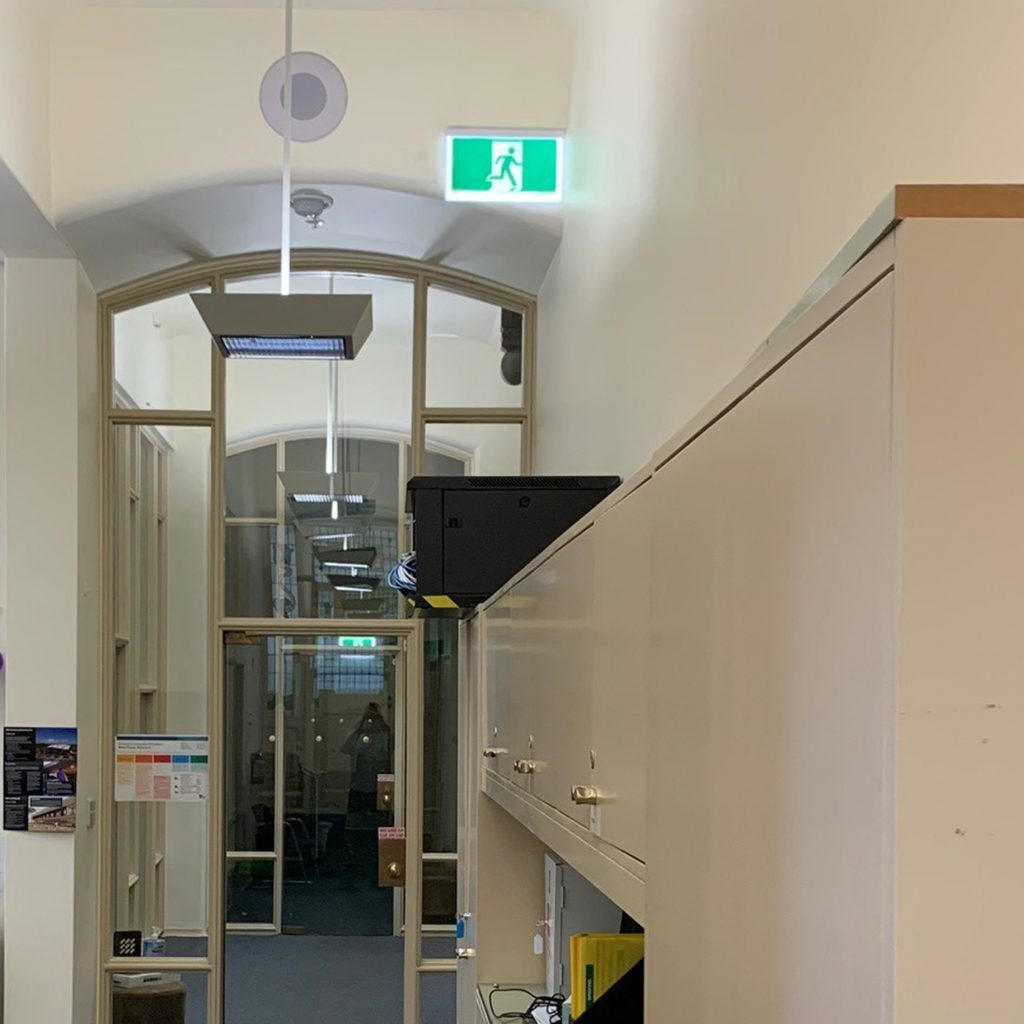
Art Nouveau Milton House was constructed in 1901 as a hospital, but is now part of the 1 Spring Street government office precinct and is registered on Victoria’s heritage register.
By eliminating electric batteries from its exit signs, occupants of Milton House will be safer. Safety Path exit signs use SmarterLite technology in place of failure-prone electric batteries, reducing risk, reducing maintenance costs and increasing compliance by reducing the likelihood of failure.
By using high-efficiency LEDs power consumption and emissions are reduced compared to standard electric-battery exit signs, assisting building owners with meeting their corporate sustainability targets for reduced emissions.
Exit Sign for Heritage Buildings
Safety Path’s LED Hybrid Exit Signs are ideal for heritage buildings that have reduced lighting, particularly in common areas with very high ceilings and suspended lighting.
Bendigo’s Beehive Building (built 1872) and Melbourne’s Lombard building (built 1889-1890) already protect their occupants with Safety Path Exit Signs using SmarterLite technology.
Grosvenor Engineering Group, technical manager for 12,000 buildings, recently announced they will be offering Safety Path Exit Signs to their clients.
For more information visit Safety Path Hybrid LED Exit Signs.
Find out why you should change from electric exit signs
